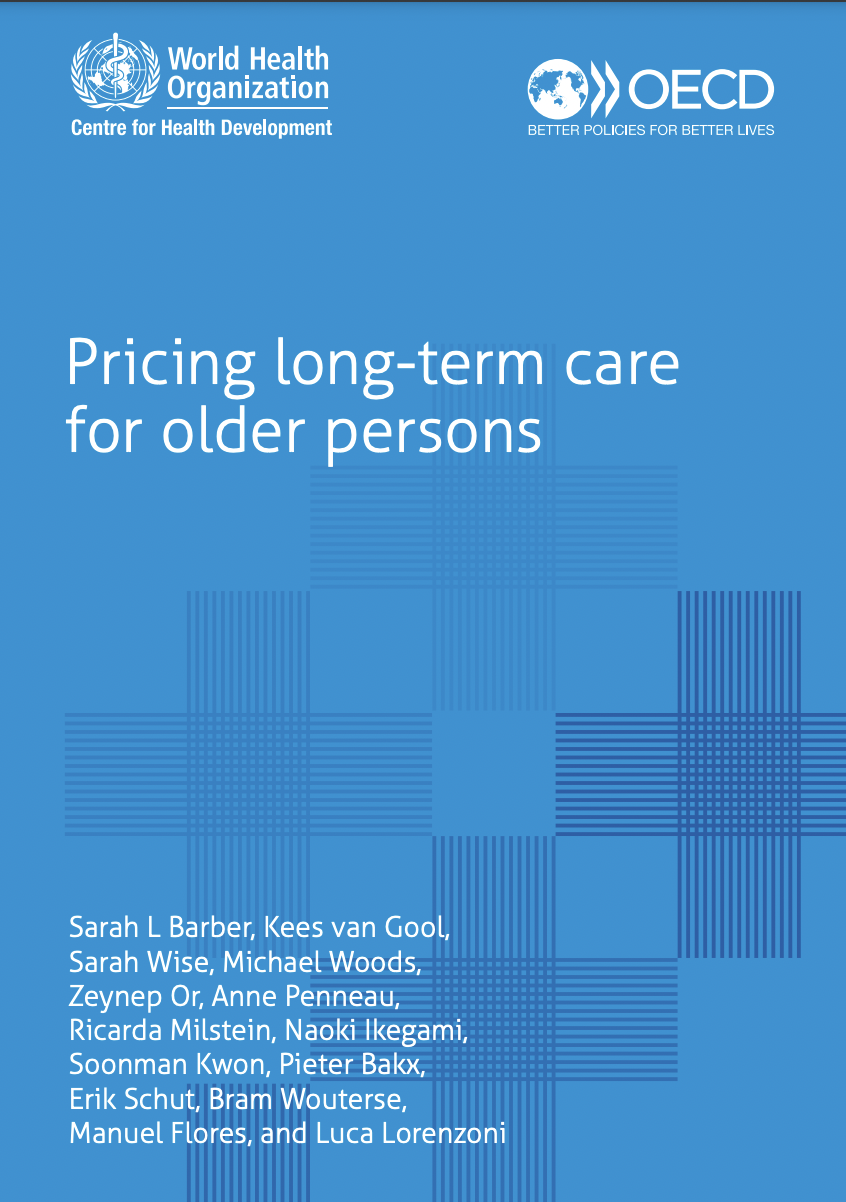New report sheds light on pricing long-term care for older persons

Providing older persons with long-term care (LTC) that is accessible and affordable represents important public investments towards universal health coverage of essential health and social services, financial protection, and a social safety net for those unable to pay for care they need. Policy choices are critical in how health and social services for older people are delivered, and how prices for these services are set.
The WHO Kobe Centre (WKC) and the Organisation for Economic Co-operation and Development (OECD) collaborated with researchers in the WHO European and the Western Pacific regions to publish a new report on “Pricing long-term care for older persons”. Nine case studies were carried out in Australia, France, Germany, Japan, the Republic of Korea, the Netherlands, Spain, Sweden, and the United States of America (USA) to examine the organization, financing and price setting of LTC services, and to review experiences in using pricing to achieve policy objectives.
“Providing older persons with appropriate services that support their health and social needs helps to maintain their quality of life and functional ability. Purchasing and pricing are policy tools crucial to foster equity in payment; moreover, linking purchasing to quality is very important, although quality measurement in LTC requires further study and policy attention,” says Dr Sarah L Barber, WKC Director and coordinator of the report with Dr Luca Lorenzoni of the OECD.
The report draws policy lessons from the case studies to drive country action, particularly in low- and middle-income countries (LMICs).
“Some LMICs view formal LTC systems and public financing as unnecessary since they primarily rely on informal care givers to provide care to family members or people in their community. However, we show that this situation is changing rapidly due to population ageing, smaller families, and opportunities for women in the formal work force. Even countries with younger populations are facing challenges in meeting the health and social care needs of older persons,” she said.
Find the full report, case studies and summary policy briefs here. Click here to watch 5-minute interviews with the authors of the case studies.

